I am pleased with my final piece, I have produced a scrapbook/photo album of holiday photos of my chosen destinations of Jersey and Thailand. My concept is of the journey of these two places in the world of tourism and economic incline. I focused on how Thailand has taken a pathway of in the short-term a success as after the tsunami they managed to get back on the horse and rebuild their lives, but in the long term their argent need to return to normal life has destroyed their once bespoke and isolated scenery, now all it is a tourism feeding ground, the sustainability of their pathway ceases to exist. Whereas Jersey’s plan, although we are running out for houses to provide for people we are thinking of our landscape on the coast and the importance of it’s preservation. My concept hasn’t always been clear, at the start I was steering towards the idea of time, then I thought about the concept of travelling, with led me to my final concept. Overall the theme of ‘journeys and pathways’ is a reasonably broad area and I found it could be easily linked landscapes, which is ideal for Jersey, so I went on my fourth photo shoot to my favorite beach and the most popular tourist destination, St Brelades Bay. Even before knowing the theme I wanted to explore landscape, as I hadn’t done any to my best standard throughout the duration of the coursework as it was focused on abstract and portrait. I took my first inspiration from Mark Powers when it came to my Jersey photos as I wanted the focus to be on the sea and how powerful it is in its looks and movement, but then as I progressed I veered away from Power’s ideas of how dependent people are on the ‘shipping forecast’ and more into how the people of Jersey are dependent on it’s beaches and weather because it’s our islands main marketing point for tourism, which is a huge sector in our economy. When taking my photos in Thailand I took inspiration from my case study photographer, Andrew Quilty and how he took photos in artificial lighting rather than the sun and I wanted to do this as a contrasting point to my Jersey photos which are in completely natural lighting from the sun. As well as that I wanted to highlight like Quilty the culture in the country I was photographing and how it’s completely different to ours. For instance how night life for locals is so important, it’s the time when you get the most customers, as it is when it’s cool enough to actually be away for air conditioning. Night markets in particular are very popular, where fakes, food and merchandise are sold, to locals these stalls may be their only source of income, which supports my concept that Thailand is overwhelmingly reliant on tourism. My editing process could have been made more complex if I were to have done it again but I feel that overall the simplicity of it worked well with my final display as it looked like genuine holiday photos a person would print off. I did go through problems when editing my photos as it was pointed out to me that although the photos were clear on my computer, they won’t be as bright when printed off, so I had to rethink my selection process and also consider the images with reasonable amounts of light in order to have the best outcome when in print form. This meant that I had to experiment a lot with exposure and brightness and I found it challenging to be able to keep the quality of the photo as well as increasing exposure, but I worked around it to create 12 final outcomes for my Thailand night photo shoot. If I were to have more time I maybe would have looked more in depth into Thailand and how it affected the people who leaved their and their personal accounts of what they had to go through to get back on their feet. In conclusion, I am happy with my final outcome and the concept I have based it on and in my opinion the theme the exam board set was very ideal for me and I found it enjoyable to come up with a concept and execute it.
All posts by Jade B
Filters
Displaying Process
I decided to display my work in a book, as I wanted to create something that has meaning to my overall concept. I made is as a scrapbook for a persons holiday to Jersey and Thailand to express the theme of journeys and how tourism is important to both destinations.
-The first step was collecting all 24 of my prints.
-Next I trimmed them all, to get rid of the white borders, to make them feel like authentic photos printed out after a holiday.
-I arranged them in an order, looking at colour combinations and which ones worked well together, either by contrast or similarity.
-I measured them to make them as straight and central as possible.
-After I had placed them correctly, I used masking tape to stick down opposite corners. I chose to use tape instead of spray glue as I felt it looked more like a real scrapbook, rather than just a book of photos.
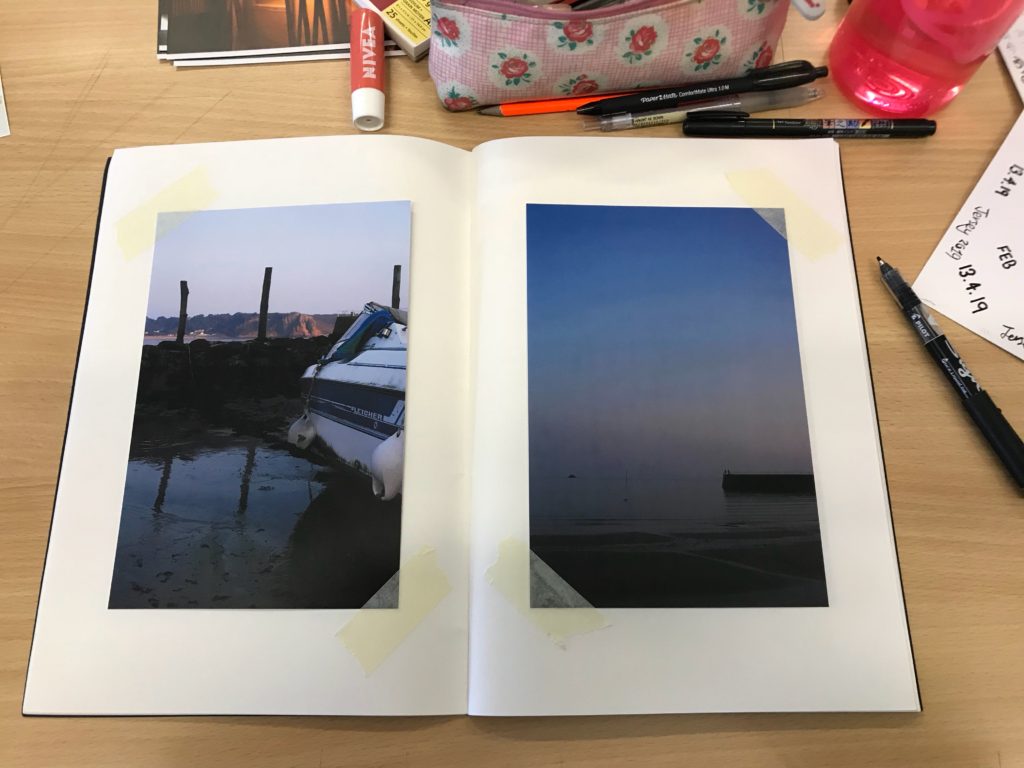
-To finish I added ‘Jersey 2019’ and ‘Thailand 2019’, again to add that sense of authenticity to it.

Analysis Of My Own Work

This is one of my favourite outcomes from my photo shoot at St Brelade’s Beach. Firstly I used natural lighting of the evening sun to take this photo, it’s of the view out to sea of the pier from down on the sand. I love the simplicity of the photo and how the pale colours create a cool tone, whilst working in harmony together. The subtle glare from the sea and the still reflection of the pier creates an almost eerie feel to it, as if nothing is moving at all and this emphasises the image of Jersey to tourists, a quiet seaside resort with stunning beaches. This is the view the tourism companies of Jersey wants everyone who doesn’t live on the island to have because tourists expand the economy greatly. Also the rule of thirds is prominent in this photo and how the foreground is the sand, the middle ground is the the sea and the pier and then the background is the sky. The eye is led straight away to the pier, which exaggerates the journey Jersey has taken to get where it is today. The pier is significant because it was build a long time ago in order to increase trade and expand the fishing industry, it may not now play and important part in Jersey’s development but it once did. I didn’t crop this image as I felt the gradient in the sky suited the image but also represented how life on Jersey has changed gradually in comparison to Thailand, we haven’t had to rush into tourism, it’s happened naturally as more people have become aware of how ideal it is for a holiday.
Final Images-Thailand


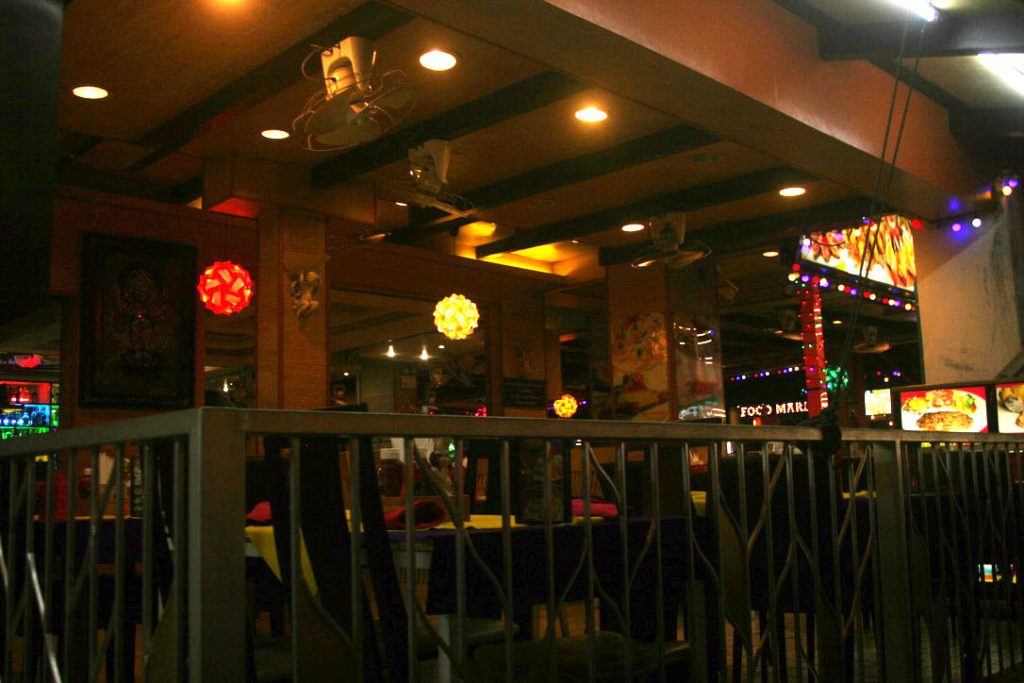









Final Images-Jersey












Editing Process
My final images were chosen though a selection process, then I put them onto Photoshop to improve them further. I conducted minimal editing as I wanted them to be as raw as possible. On my Thailand photos because they were taken at night I focused on increasing brightness and exposure.





Selection Process
I collated all my photos into contact sheets on Photoshop. The red means I won’t be editing them, this could be because, they aren’t sharp or in focus. The zigzag green line means that the photo needs editing, for instance increasing/decreasing exposure, the striaght green line means that minimal editing is need, for instance cropping.
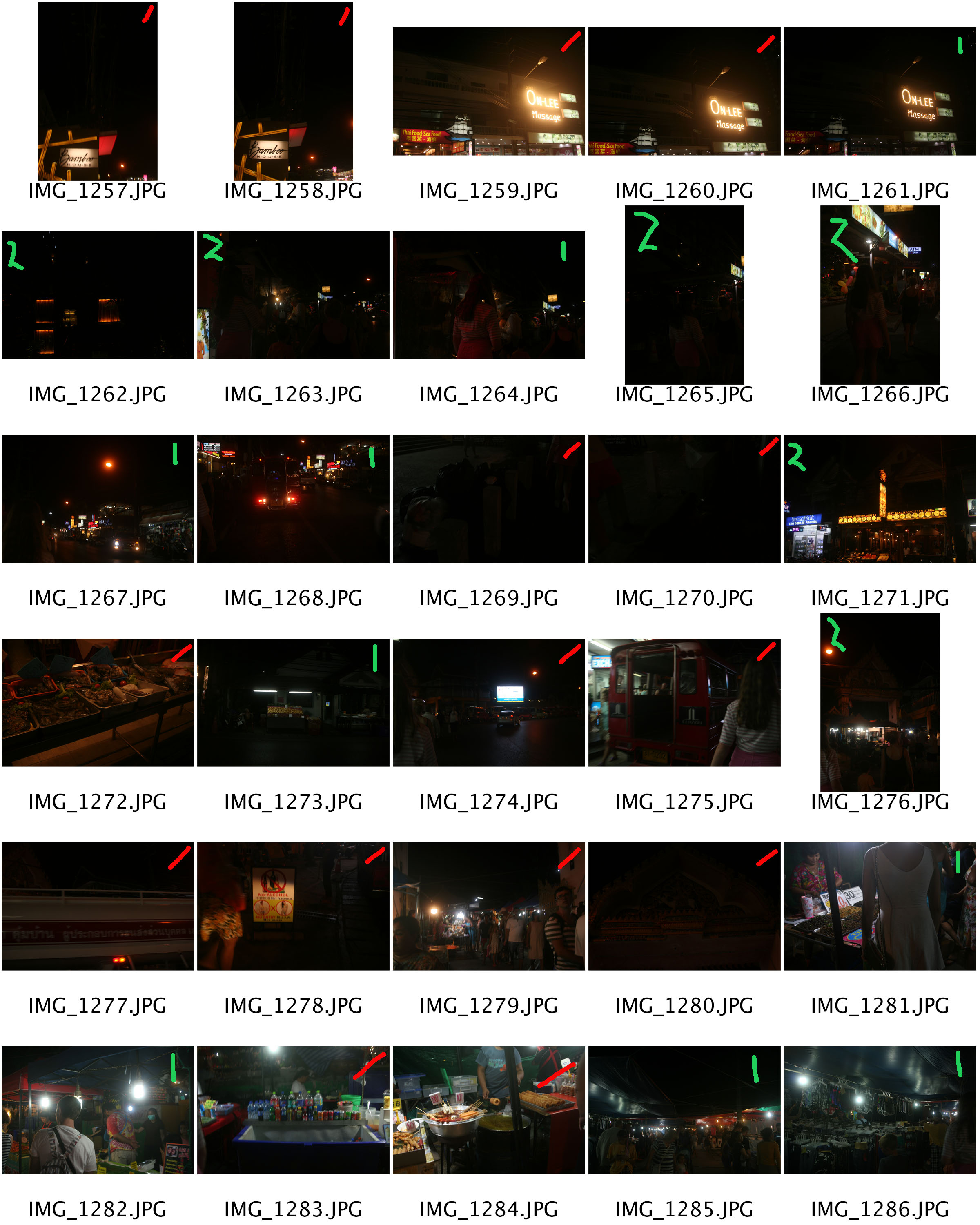
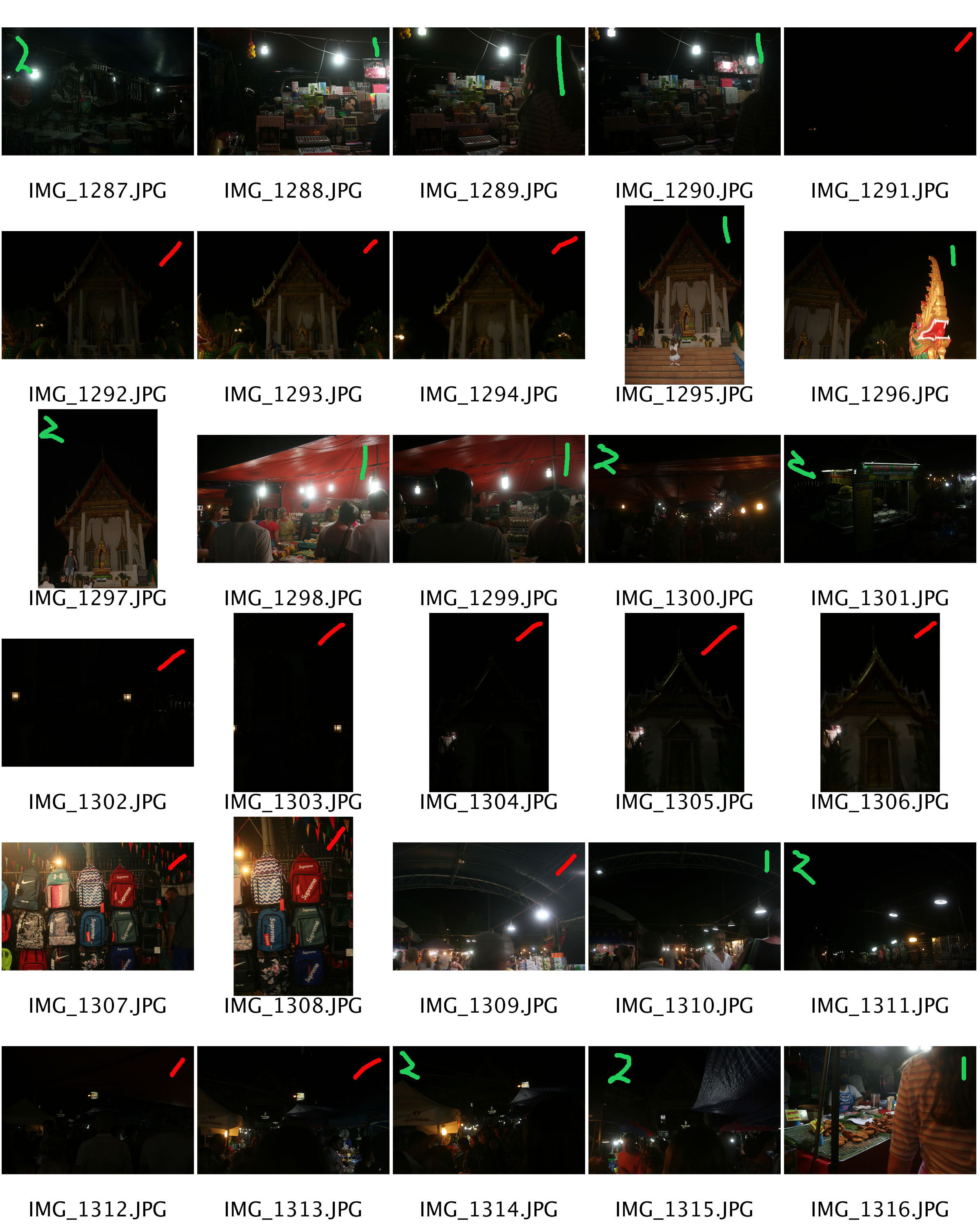
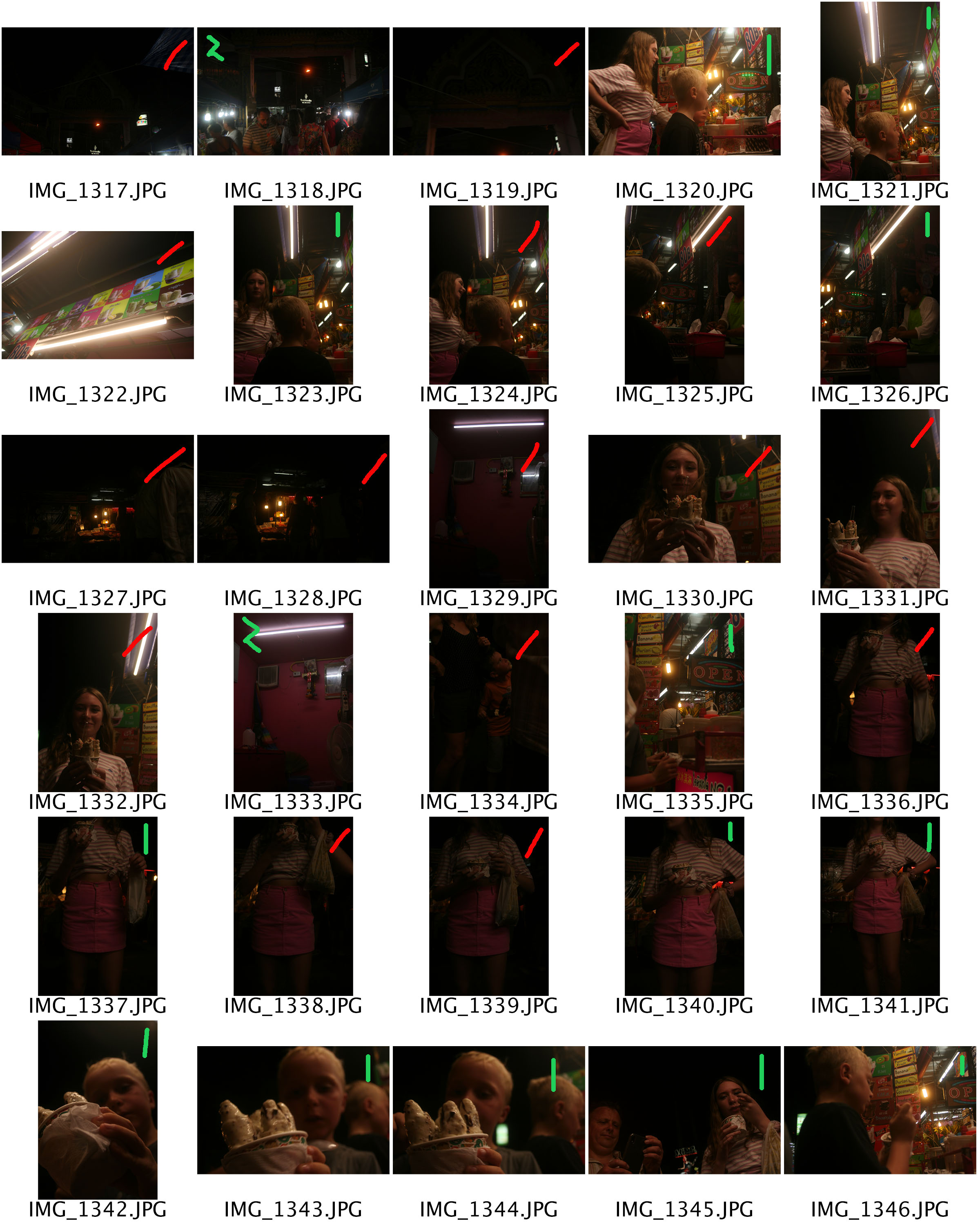

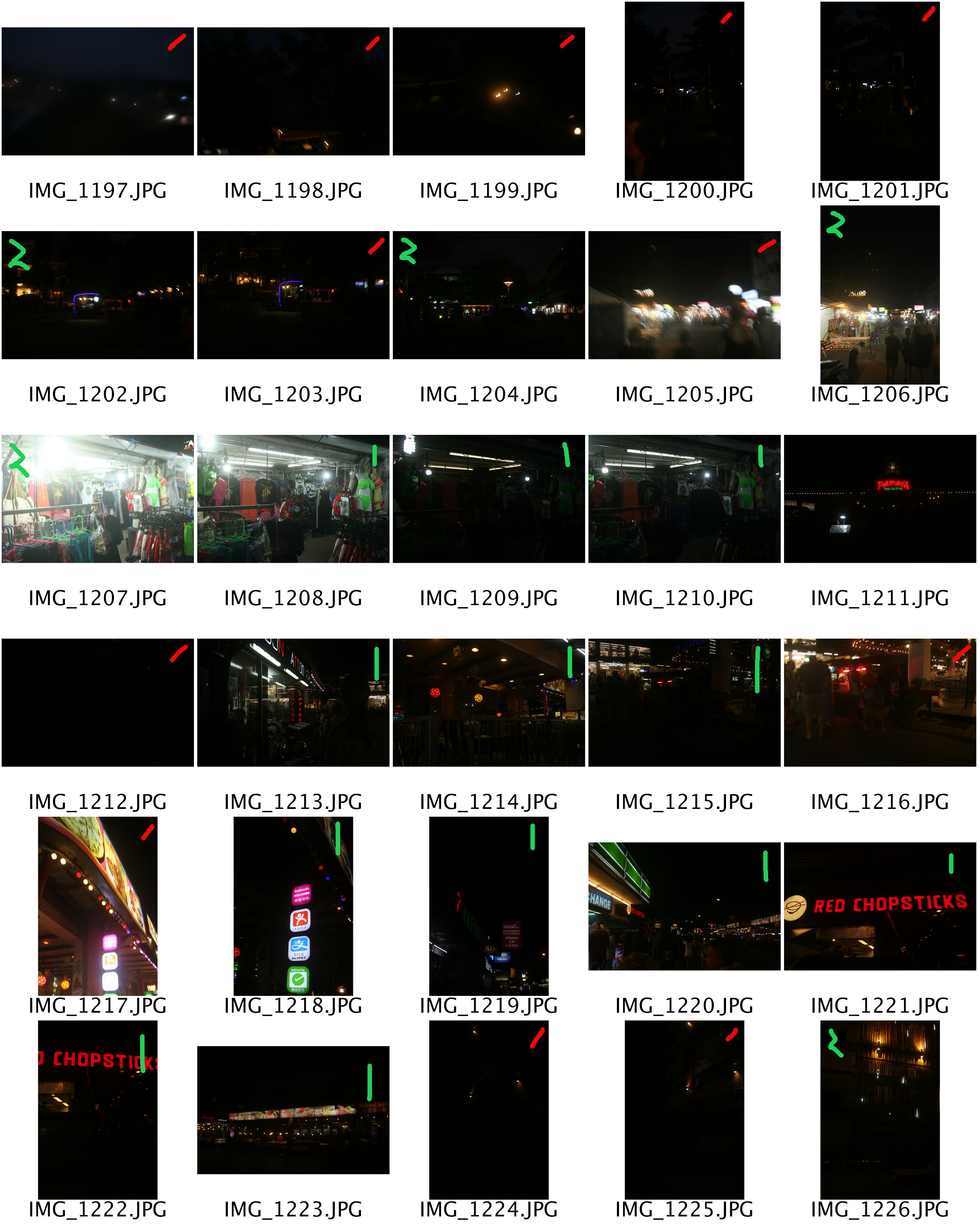
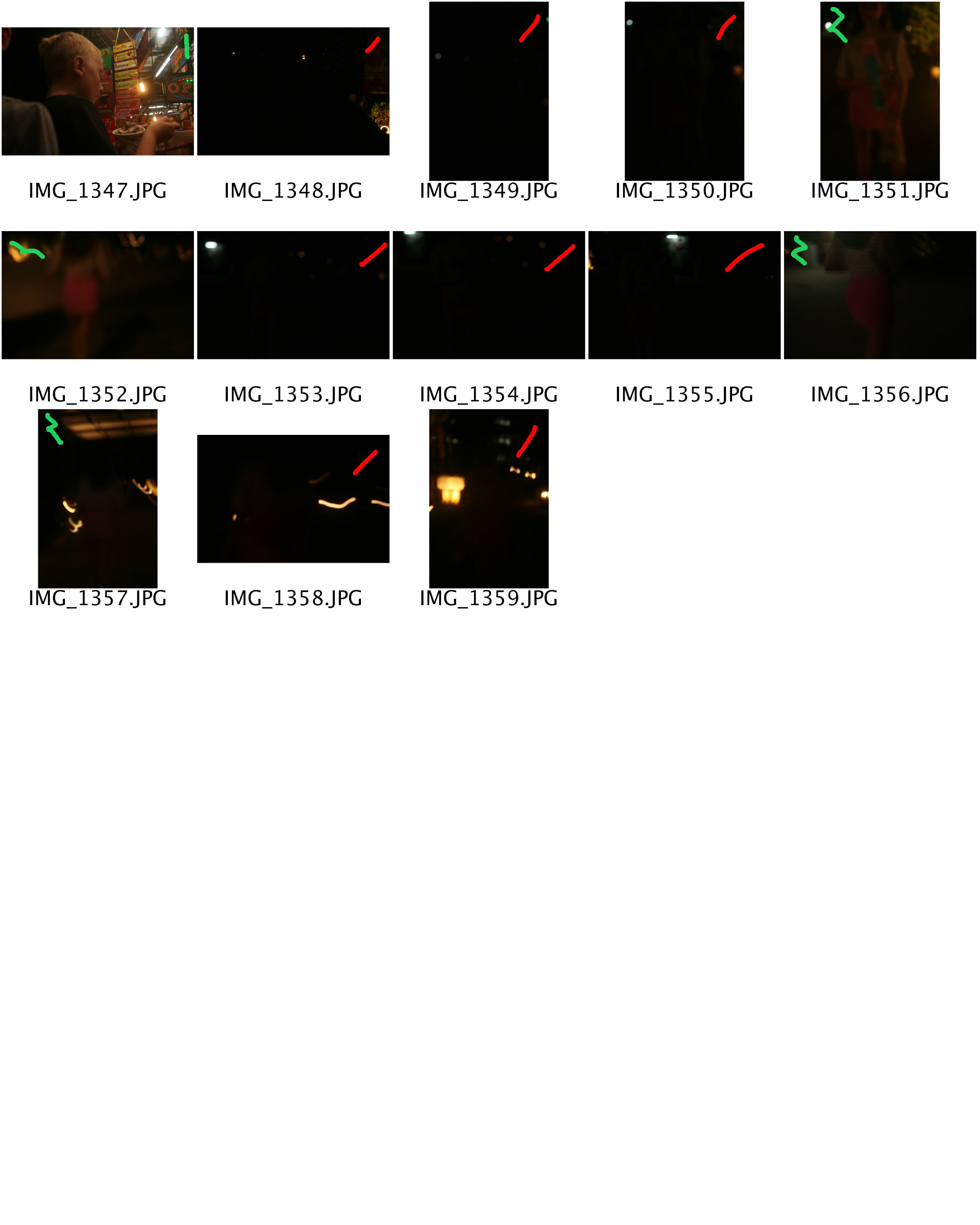
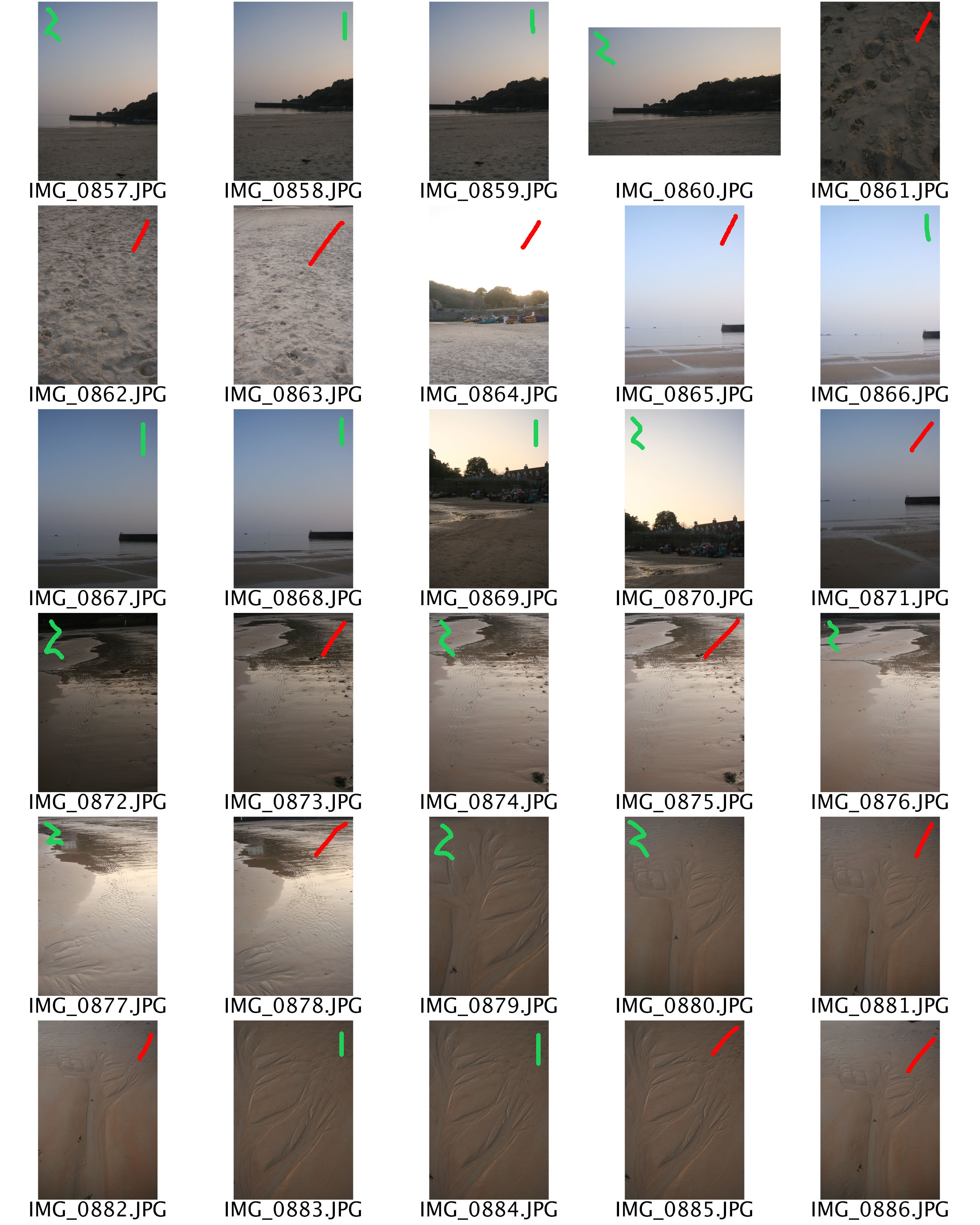
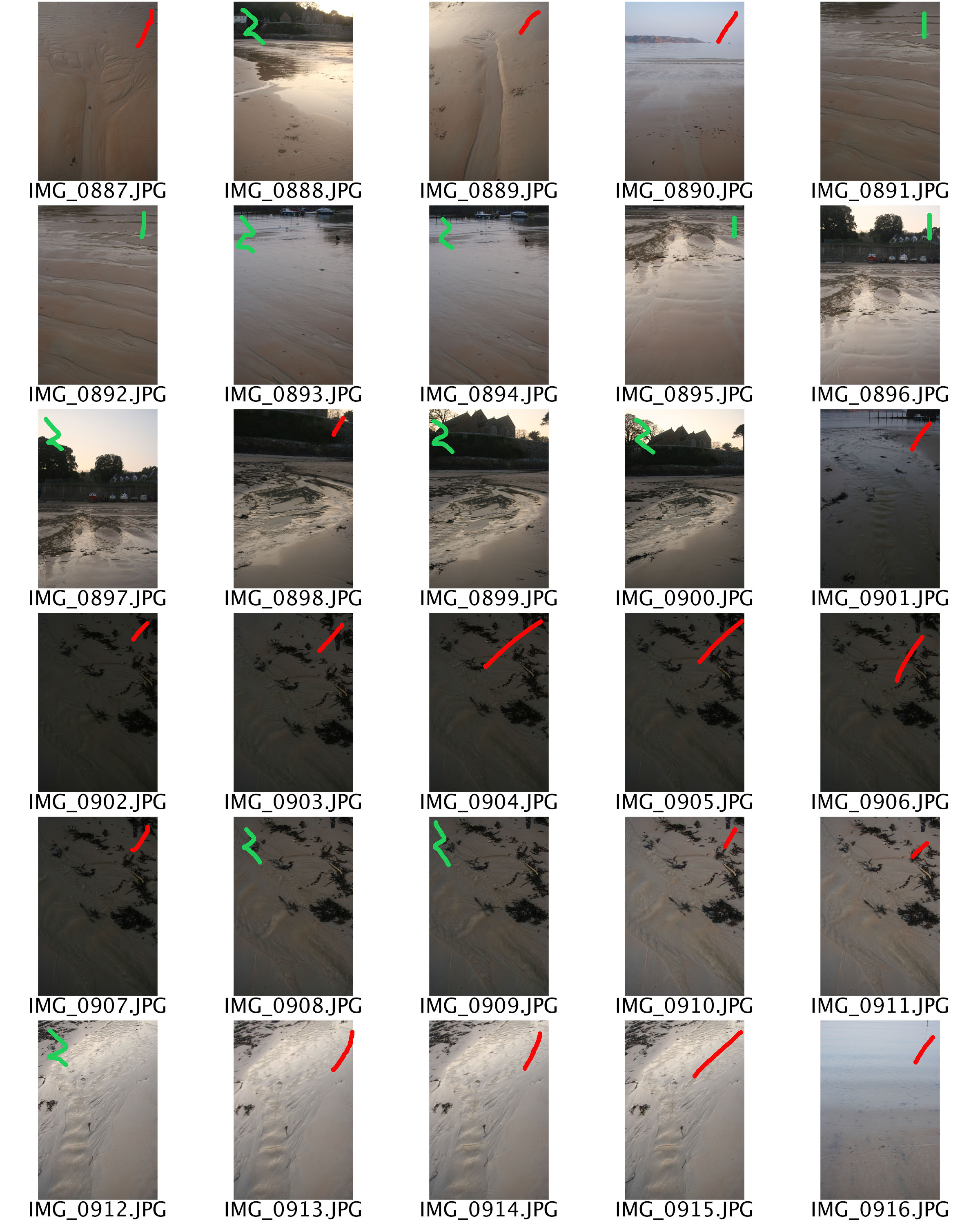
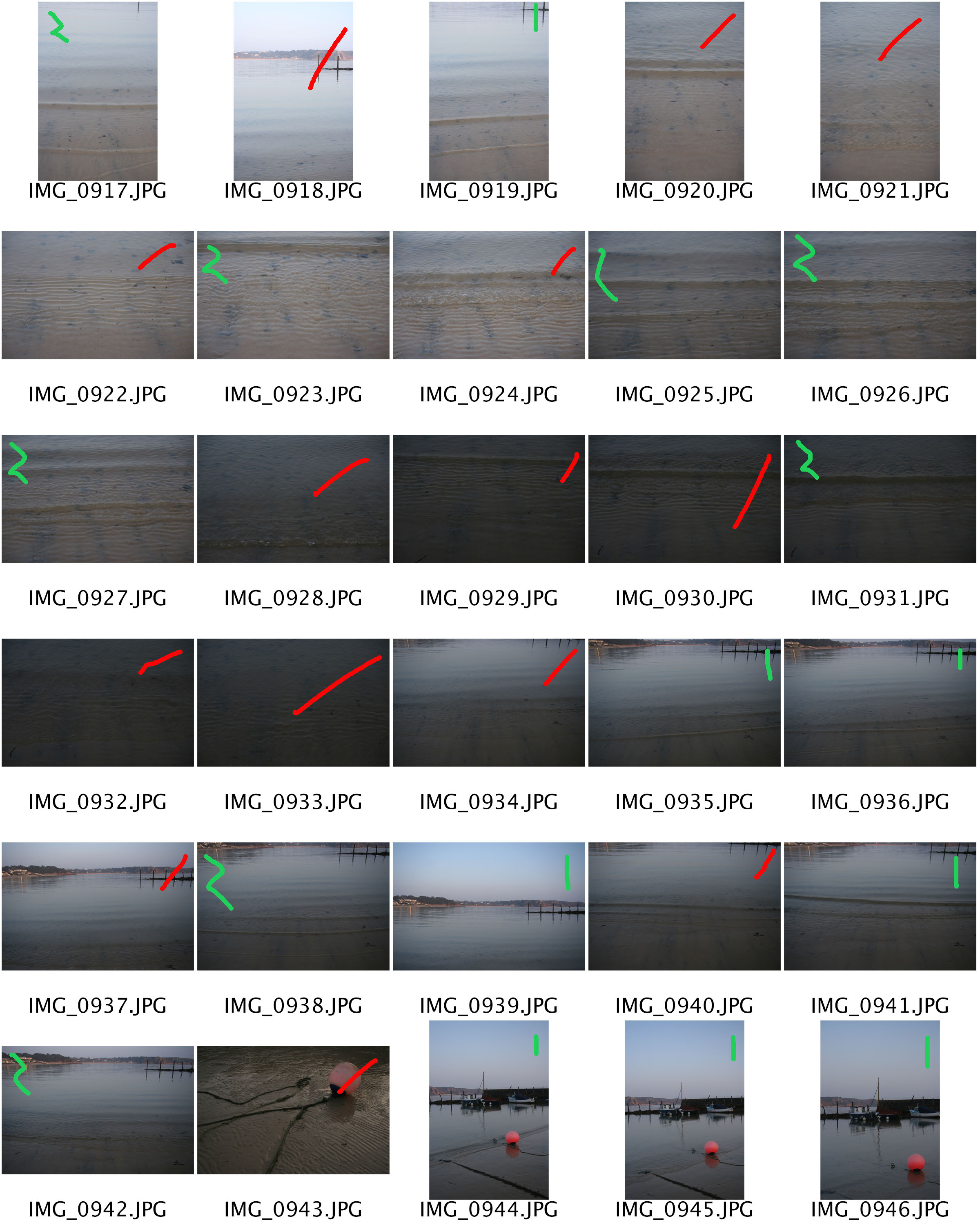

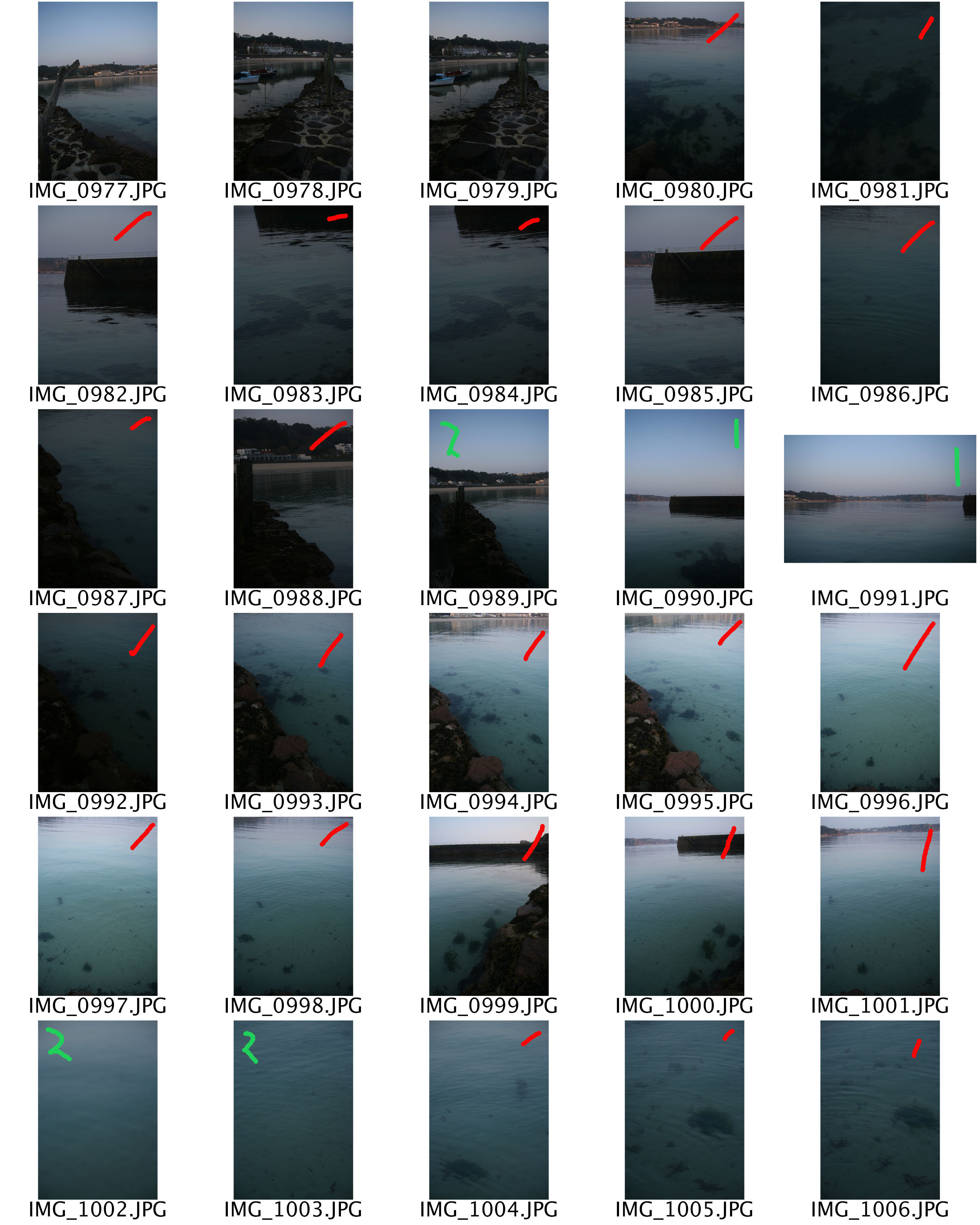
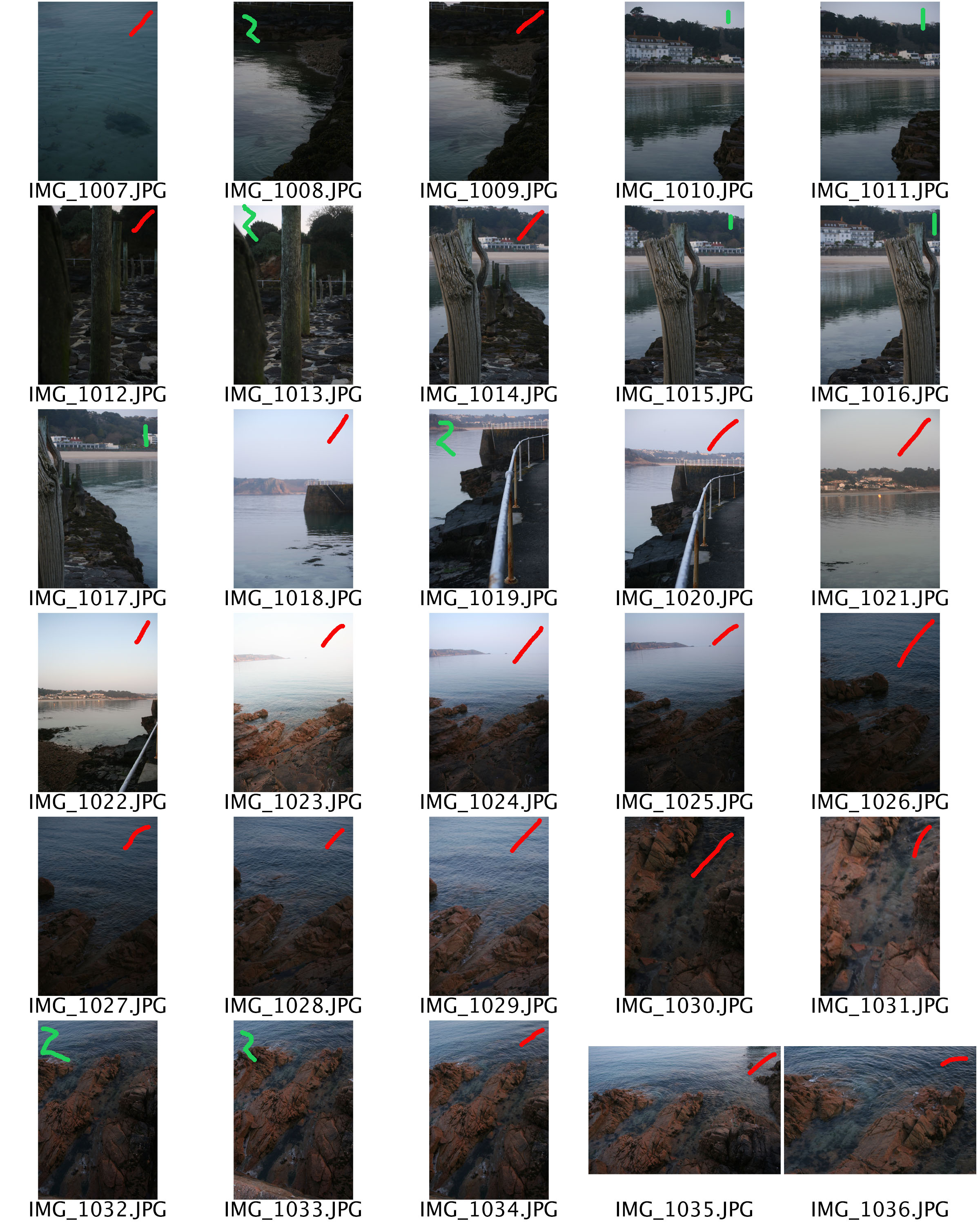

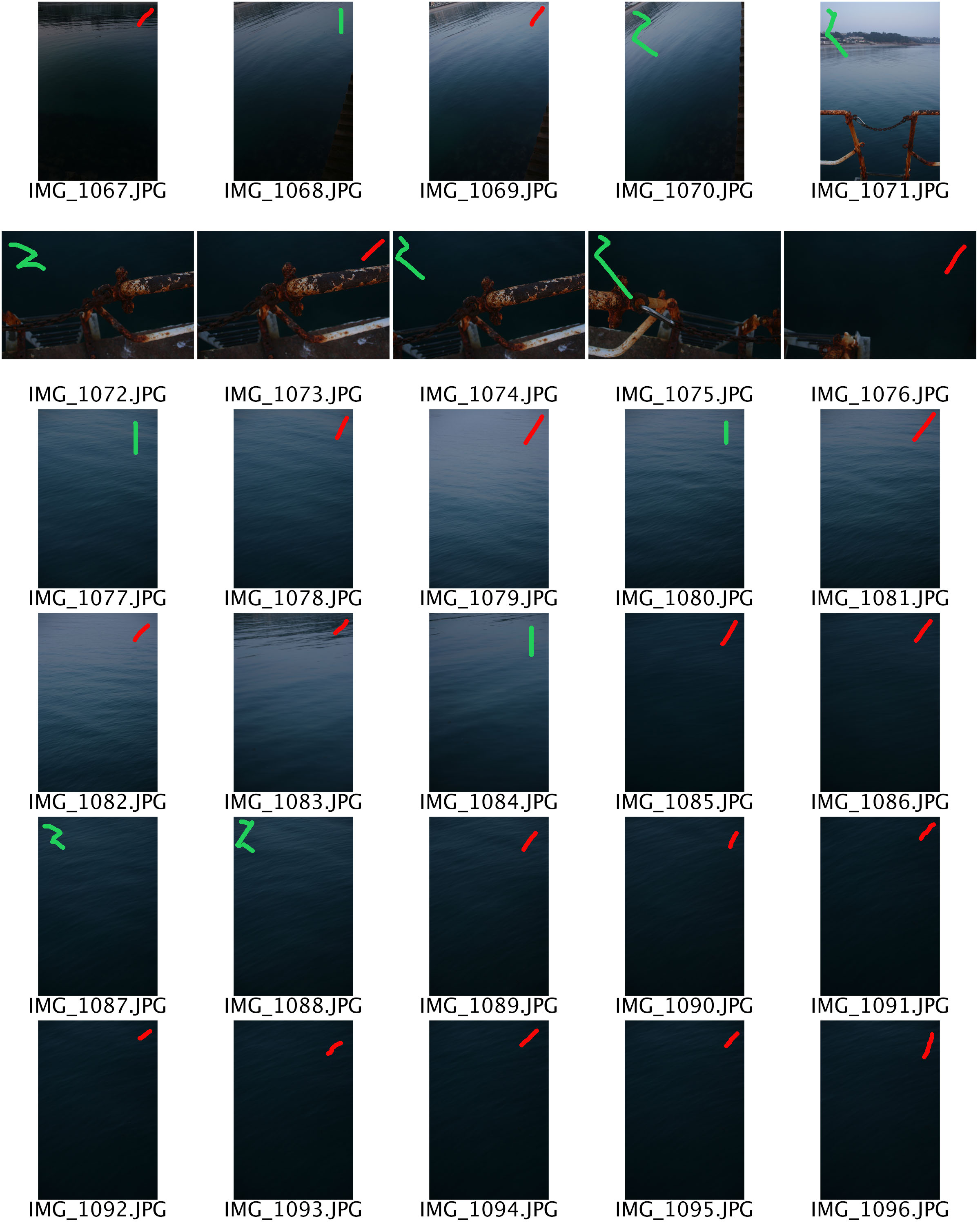
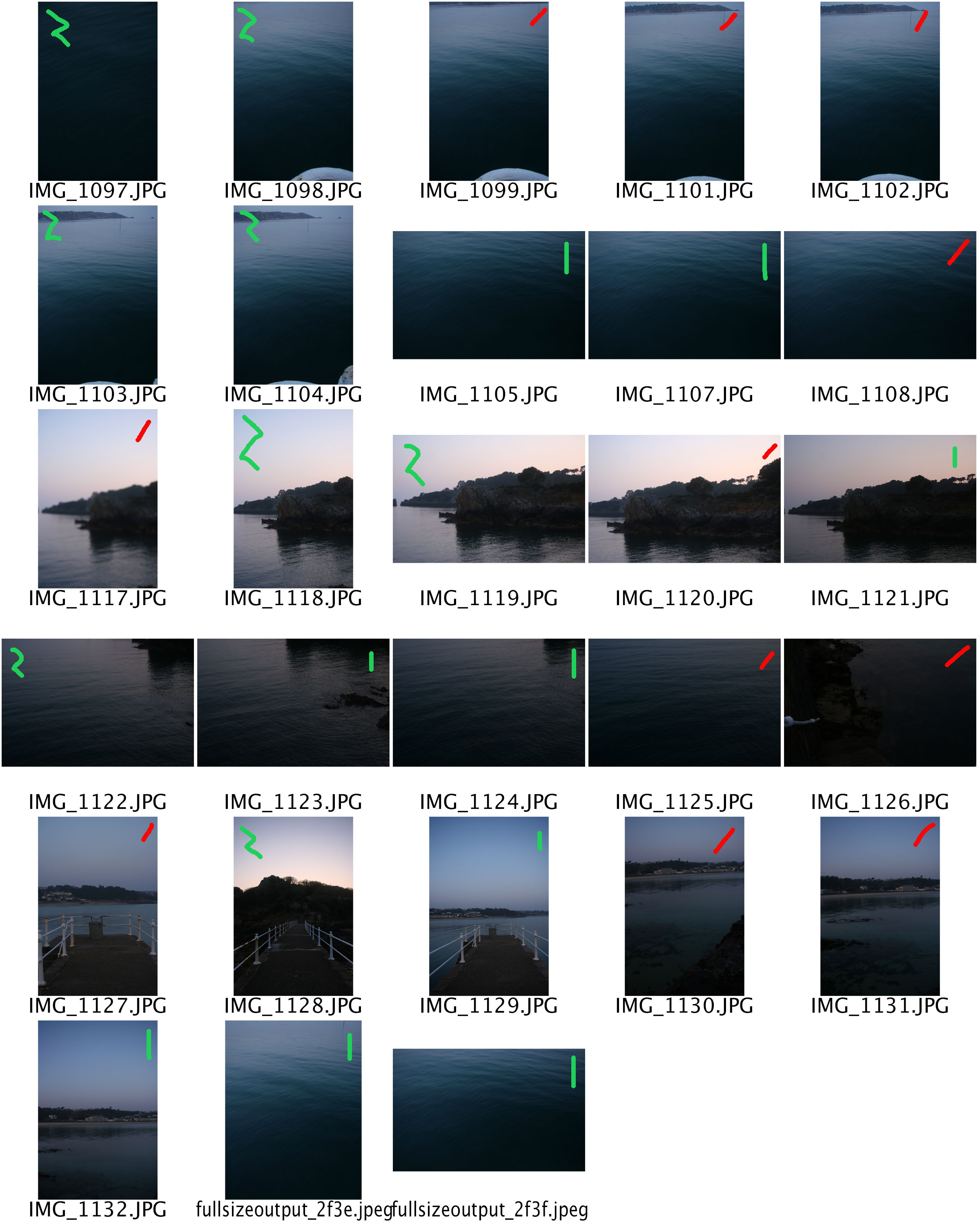
Thailand Concept 2
It’s a Southeast Asian country, known for tropical beaches, opulent royal palaces, ancient ruins and ornate temples displaying figures of Buddha. In Bangkok, the capital, an ultramodern cityscape rises next to quiet canal side communities and the iconic temples of Wat Arun, Wat Pho and the Emerald Buddha Temple (Wat Phra Kaew). Nearby beach resorts include bustling Pattaya and fashionable Hua Hin. I stayed in the in Karon, Phuket, this southern area is well known to tourists. Patong not too far away from where I stay it is very popular to young adults for it’s western culture and party night life. In my opinion this is sad, my dad he had visited Patong about 20 years ago was saying how he remembered it to be much nicer. When we visited Phi Phi Island, he was telling me how the coral used to be more colorful, there were hundreds more fish, half the amount of people, no litter and no Mcdonald’s. This urbanisation of Thailand is very disappointing in many ways but it’s the journey the country had to take to rebuild it’s self after the boxing day tsunami in 2004, which is the deadliest in history, it killed around 230,000 people. Thailand had to do something in order to stay afloat after this huge step back and the constant increase in other countries wealth. It was essential to their government to They used their stunning views and cheap exchange rate to make tourism their way of increasing their economic wealth. I wanted to express this idea through my photos by only taking them in the night and in land, of the busy towns and markets. In conclusion, I want to capture a series of photos of Phuket’s bust market places and town centres to create an idea of how tourist orientated Thailand is and how for the large majority of locals it’s their only source of income. This half of my concept also relates to the theme of journeys and pathways because I am aiming to empathsise the journey in which Thailand has had to take ever since the tsunami in order to keep it’s place in the world.

Jersey-Concept 1
Jersey is where I have grown up from birth, it’s a beautiful place and I am thankful to call it my home. It may only be small, but it’s coastlines and beaches are breathtaking. As a person who lives on the island I believe I underestimate the importance of Jersey’s surroundings of water and I wanted to explore this as the first part of my final project. Jersey has been an island for approximately 8,000 years: therefore, apart from the last 60 years, the only way for people to come or leave the island has been by sea. Over the centuries the way in which boats have been powered has changed – muscle power, wind power, steam power and now diesel power. Being an such a small island means that the sea was once our only way of migration, transportation of goods and exploration, so it’s easy access to the sea is the only reason why it now has 166,083 people living on it and 726,800 tourists, although some of this tourism is now due to air transportation it’s crucial to note that this hasn’t always been an option and Jersey was a popular holidays destination before planes were easily accessible. Jersey luckily didn’t go through a fatal natural disaster, but it is similar in the way that it had to undergo masses of urbanization in order to make it’s place in the world of tourism. Jersey did it in a different way though, so far Jersey’s natural beauty hasn’t been affected to the extent of Thailand, but with an ever growing population and housing problem we could begin to ruin it. In conclusion I want to capture a series of photos of Jersey’s most popular and busiest beach (St Brelade), to emphasis it’s natural beauty, rather than it’s man made attractions. The beaches are the main influence of holiday makers and I believe as inhabitants we forget that. My concept links to the theme of journeys and pathways because it’s about how Jersey has gone ion this journey on industrialization throughout the years via overseas trade and economic development but the beaches have still to this day remained the islands most prominent features.
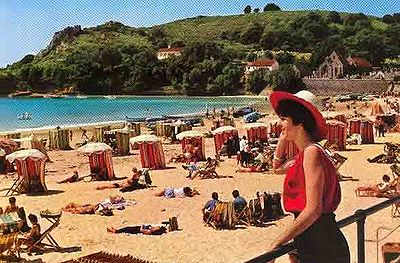
Case Study-Andrew Quilty
Andrew Quilty’s photography career began in Sydney, 2000, on the day his application to a university photo elective was rejected. He quit, and set off around Australia with a surfboard and a Nikon F3 that his uncle (he was also a photographer) had passed down.Fate further intervened a week into the trip when his van was broken into. Everything but his well-hidden camera, and surfboard, which he was riding at the time, was stolen.30,000KM later, he enrolled in the Sydney Institute of TAFE’s Photography program, finishing at the top of his class in 2004.He was given an informal internship at Fairfax Media which evolved into full-time employment. There, Quilty found himself surrounded by some of Australia’s most outstanding photographers. They reshaped his worldview and set him on a course that continues to inspire his work today.He left Fairfax in 2010 and freelanced from Sydney before relocating to New York City in 2012. But it was during a trip to Afghanistan and the Middle East, in 2013, that he first discovered purpose and fulfillment in his photography. He has been based in Kabul, Afghanistan ever since.His work in Afghanistan has been published worldwide and garnered several awards.He has traveled to more than 20 of Afghanistan’s 34 provinces and continues to document the country through pictures and, increasingly, the written word.



Analysis

This photo of his was taken in Afghanistan during one of it’s wars, in a camp. Quilty lived in Afghanistan for a period of time in which he documented what the people were going through, whilst risking his own life. This was taken in artificial lighting, inside of a tent and it appears that it’s white bulbs powering the light in this image. The tent has been made into a barbers and a gentleman is getting his cut. This photo emphasizes how this is real life, people have to work around the situation they are in whether they are rich or they live in the middle of a war zone. It is very vibrant, with the native flag, the blue roof and the green tapestry, nothing really matches but interior designs aren’t at the top of their priorities, they are making the most of what they have, trying to make it as homely as possible. This is a very impressive photo lighting wise because he has managed to not make it under-exposed despite the lack of light in the tent. There are many different textures in the photo, for instance the 3D plastic chairs, the 2D wall art/tapestry and the metal poles holding the tent together. There isn’t a structure or sense of repetition but this exaggerates the concept that the war they live around it unpredictable, there’s not consistency to it, one day everyone is safe then the next day there could be a bombing which destroys everything, it’s unpredictable. At first glance the leading eye is to the white lighting but then as you begin to move out, you can see the depth in the photo and how complex it really is, it isn’t just two men having a laugh it’s their life, it’s their reality, their livelihood, but because of the war it could all disappear in a matter of seconds.
